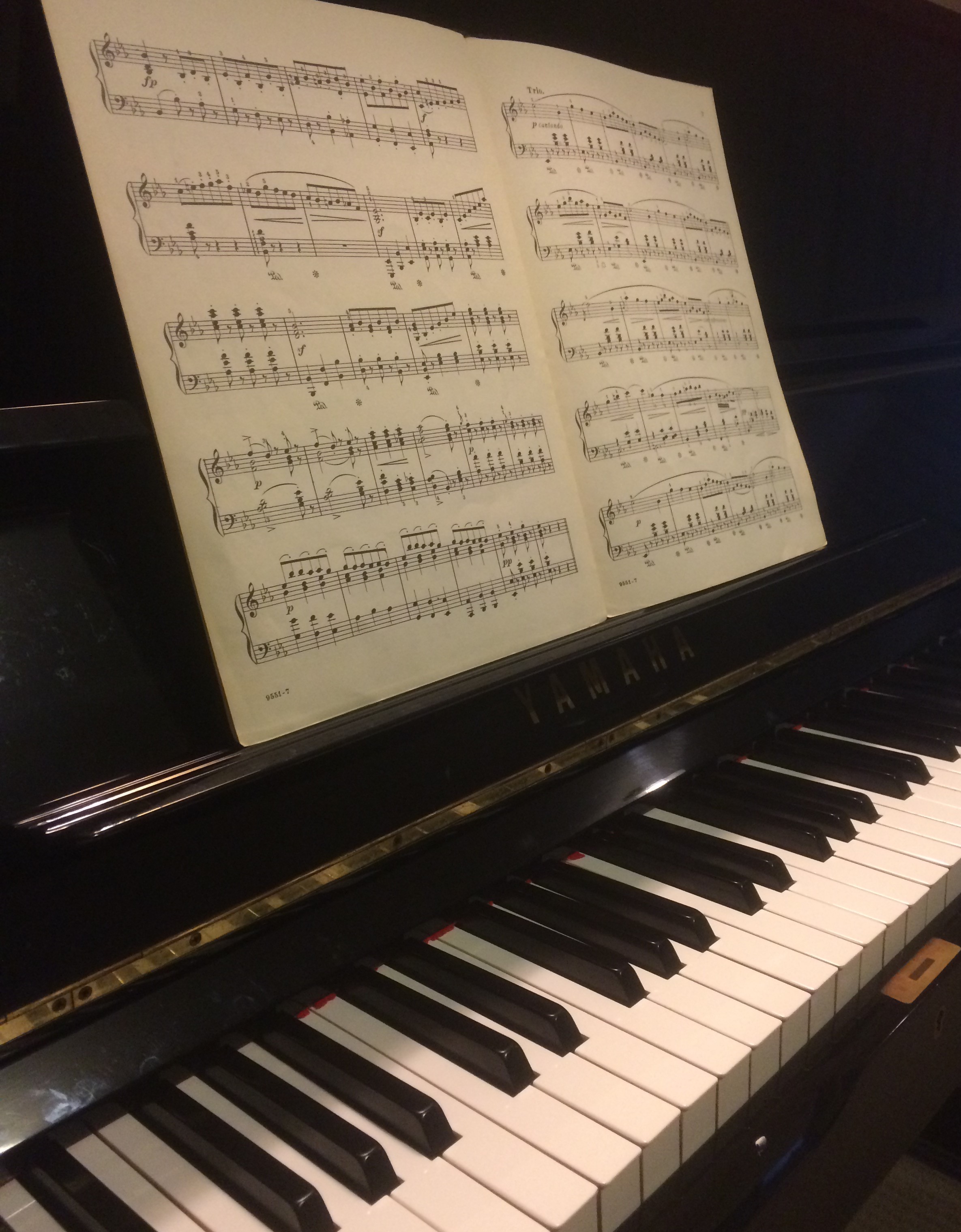An arpeggio can be described as using the notes of a chord, played one after the other, in order, either going higher or lower. So really it is like playing a chord, with one note played at a time. This is slightly different to what are commonly thought of as scales, where you are playing notes, either going up or down, in order, where one note is adjacent to the next. In some ways it is like scales, where you are playing the notes in order, and they can go either up or down, however, the difference is that scales use every note found in the scale, where as arpeggios are based on the notes of a chord.
I’m not saying that scales are not worthwhile, because they definitely are, but arpeggios are really useful technical exercises.
Arpeggios are useful, because they get your fingers and brain, really knowing what notes make up a particular chord. This is useful knowledge, no matter what genre of piano music you play. By practicing arpeggios, you are building up muscle memory in your fingers, so when it comes to playing a particularly chord that you have practiced as an arpeggio, it will seem like your fingers know exactly where they should be placed over the notes.
Another great advantage of playing arpeggios, your hands get to have a good physical workout. You get to stretch your hand and fingers out and you get used to that stretch. No matter whether you play arpeggios fast or slow, it is still great exercise and warm up for your fingers and hands.
As far as which arpeggios would be the best to learn first, I would choose a combination of both major and minor arpeggios.
The major arpeggios I would recommend as a good starting point is D major, E major and A major. The reason why I chose these is the middle note of the chord on which the arpeggio is based is a black note, which is just a little easier than playing an all white note arpeggio.
The minor arpeggios I would recommend include C minor, F minor and G minor. Like the major arpeggios listed above, these minor arpeggios have the middle note as a black note, which I think makes them a bit easier to play.
I must state, before I wrap this up, is that my choices for what is easiest to get started on, is not the typical choice, however, I have decided on what is easiest, through many years and many students worth of experience in teaching. I would recommend that if you have a piano teacher who you are taking lessons from, then you should follow their advice.
